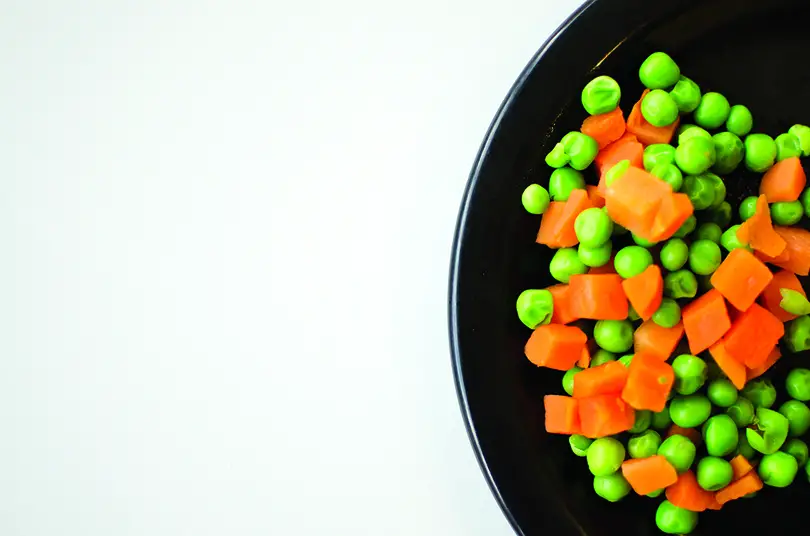Chews wisely: Make healthy decisions regarding dining hall meals
The dining hall can be something of a spectacle for first-timers. The sheer amount of options makes a serious impression — not to mention the fact that one swipe allows you to come back for as much food as you want. But once students are a few months into the school year, the shine starts to wear off.
“Students tend to be — pretty quickly — creatures of habit when they go through the dining halls,” said Tanya Horacek, associate professor in the Department of Public Health, Food Studies and Nutrition.
Students fall into a routine and eat the same foods day after day instead of taking advantage of the variety that dining halls have to offer. Those foods often aren’t the best choices and can be easily replaced with healthier options.
“It’s a great little place to challenge yourself and try something new,” Horacek said.
Research suggests that most college students do not get enough fruits and vegetables in their diets. In a study by Oregon State University, the students surveyed ate significantly less than the recommended five servings of fruits and vegetables per day. Male students averaged five servings per week. Female students averaged just four servings.
Horacek mentioned a vegetable recently featured as a part of the Healthy Monday initiative that students can eat to help avoid that problem: Swiss chard, a leafy green vegetable in the same food family as kale. In general, fruits and vegetables should fill half of your plate at meals, Horacek said.
Freshman nutrition major Anisa Kamel said she tries to take advantage of the dining hall’s variety of fresh produce.
“I try to eat fruit and vegetables every meal,” Kamel said.
Nutrition graduate student Lillian Chiang also likes to hit the salad bar for her meals. Hailing from Taiwan, Chiang had never eaten salad before coming to the United States. She said the dining hall lets her experiment with new foods.
“I try to try different things,” Chiang said.
While Horacek maintains that most foods are fine if eaten in moderation and in combination with healthier foods, she said Americans overall tend to eat too much meat.
Americans eat more meat than almost any country in the world, according to an infographic by National Public Radio: 120.2 kg per year per capita in 2009 compared to 58.2 kg per year in China or just 4.4 kg per year in India. Red meat has a particularly bad reputation, linked in studies to heart disease, hardened arteries and diabetes.
The fried foods available for most meals in the dining hall can also be dangerous in large quantities, said Chiang, who is writing a thesis on childhood obesity. Her research confirms that those foods are “really not good for you,” she added, citing the danger of oxidation, a process that results from overheating and can create unintended chemical compounds that are bad for the body.
When it comes to desserts, Horacek preaches moderation and mindfulness. Listen to your body before reaching for that second piece of cake, she said.
“Pay attention to hunger and fullness,” she said.
For anyone looking for more information, nutrition facts for each meal are available at the Syracuse University Food Services website. Students looking for more personalized help can sign up via the SU Recreation Services website to be a part of a nutrition counseling program through the David B. Falk College of Sport and Human Dynamics.
Developed by Horacek back in 2005, the peer nutrition and counseling program is known by the acronym ORANGE WRAP (OutReach and Nutrition Group Education by Wellness Responsibility Advocating Peers). Senior and graduate dietetic students enrolled in the program are trained as nutrition counselors for the first part of the semester. After being certified, students in the program consult with registered participants for a minimal fee — $25 — and work together to improve healthy eating and lifestyle choices.
Horacek said the dining hall gives students a chance to try healthier alternatives that they might find they actually enjoy. Her advice is simple: “Figure out how to eat what you love, and love what you eat.”
Published on October 21, 2013 at 12:54 am
Contact Linda: [email protected]








